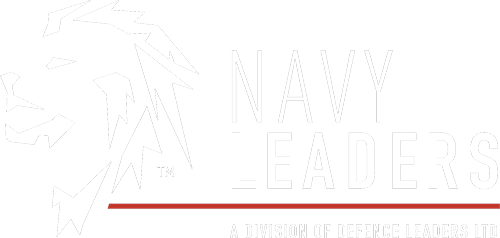Leap Forward In U.S. Navy Uncrewed Aviation Operations
)
Industry partners Lockheed Martin and General Atomics (GA) have teamed up with the U.S. Navy to conduct the first live-control flight of an uncrewed system by the Unmanned Carrier Aviation Mission Control Station (UMCS).
As per a recent Lockheed Martin press statement, In the recent demonstration UMCS staff at Patuxent River, Maryland, piloted a GA MQ-20 Avenger Uncrewed Air System (UAS) as it completed a live mission over California.
The aim of the exercise was to help advance the technologies necessary to enable crewed and uncrewed teaming as envisioned in the U.S. Air Force's Collaborative Combat Aircraft (CCA) programme and other similar future plans. The U.S. Navy, Air Force, and Marine Corps are collaborating on CCA via a Tri-Service Memorandum of Understanding.
The firm claimed: "The flight test is a significant milestone in the development of UMCS, setting the stage for the Navy's future unmanned aviation operations."
The mission was carried out using MDCX, a multi-domain combat system providing uncrewed vehicle autonomy, mission planning, and command and control capability. MDCX was developed by Skunk Works, the official pseudonym for Lockheed Martin's Advanced Development Programs (ADP), which over the years has produced a series of pioneering aircraft including the U-2 spy plane, the hypersonic SR-71 Blackbird, the F-117 Nighthawk, and more recently the F-35 Lightning II.
"Skunk Works is proud to collaborate with the Navy to bring its Carrier Air Wing of the Future vision to life," said John Clark, vice president and general manager, Lockheed Martin Skunk Works. "The MDCX made it possible to rapidly integrate the MQ-20 'autonomy core' with the UMCS, demonstrating common control capability and third-party platform integration."
"Autonomous collaborative platforms that are mission capable with technologies that have been demonstrated at high readiness levels and the maturation of those technologies is just one of the focus areas for GA-ASI," said General Atomics Aeronautical Systems, Inc.'s President David R. Alexander. "This collaboration with the USN and Lockheed Martin advances the UMCS's beyond line-of-sight capabilities, while demonstrating the maturity of our Tactical Autonomy Core Ecosystem (TacACE)."
"This was a huge step for unmanned naval aviation," said Lt. Steven Wilster, MQ-25 AVP. "This demo showcased UMCS's first live control of an unmanned air vehicle, and it was great to be part of history in the making. The team is paving the way for integrating critical unmanned capability across the joint force to combat the high-end threat our warfighters face today and in the future.
- You can read more details on the Lockheed Martin website
